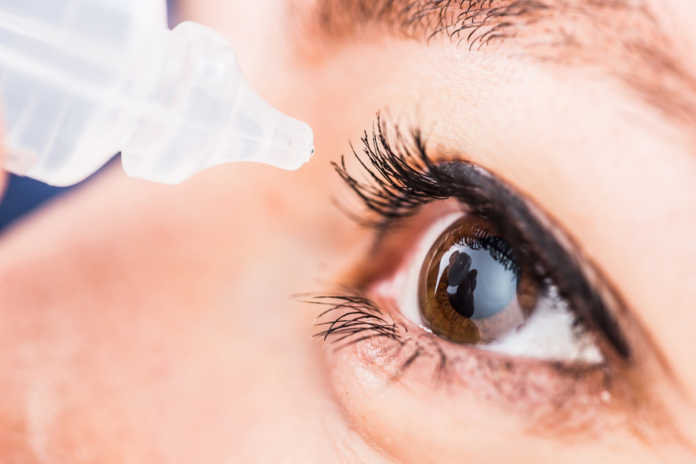
Natural supplements have also been studied as treatments for this condition
HYALURONIC ACID – USE AS DIRECTED
Found in high concentrations in the human eyes and joints, hyaluronic acid is a popular ingredient in modern cosmetics and medicine.
Hyaluronic acid acts as a cushion and lubricant in different joints and bodily tissues. Often, it is used for various joint disorders, including osteoarthritis, in order to promote mobility and reduce pain. The FDA has also approved its use for certain eye surgeries, as it helps to replace lost fluids and allow for lubrication.
In the world of makeup and skincare, hyaluronic acid is used as an anti-aging ingredient as well as an emollient, helping to keep the skin supple, plump, and hydrated.
Hyaluronic acid may be injected, applied topically, or taken orally. Currently, there are no significant side effects or drug interactions listed for this supplement.
EVIDENCE
When it comes to dry eye syndrome, hyaluronic acid has been found to help increase the eye’s natural moisture. In one study, researchers found hyaluronic acid to be a safe and effective treatment for dry eye, helping to reduce epithelial lesions on the ocular surface (Berke and Faerber, 2002). They found hyaluronic acid to promote wound healing, as well as to improve comfort levels in contact lens wearers.
Another team of researchers found hyaluronic acid eye drops to improve the characteristics of the tear film, as well as increase the health of the conjunctiva and cornea (Troiano and Monaco, 2008).
With this in mind, hyaluronic acid has the potential to vastly improve the quality of life for those with dry eye syndrome. What’s more, it helps to promote overall eye health, warding off the potentially serious applications of this disease.











